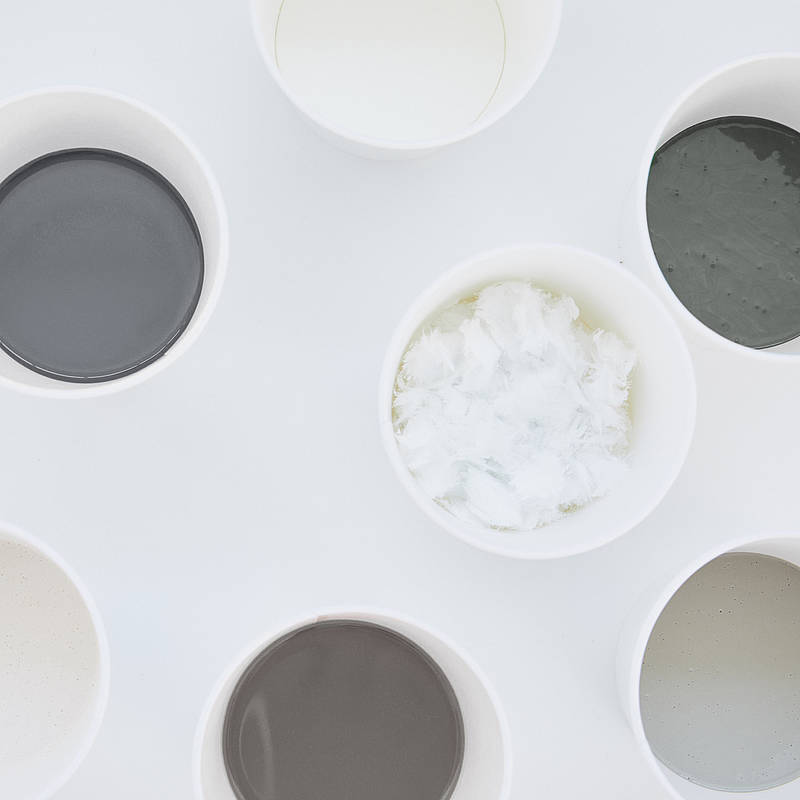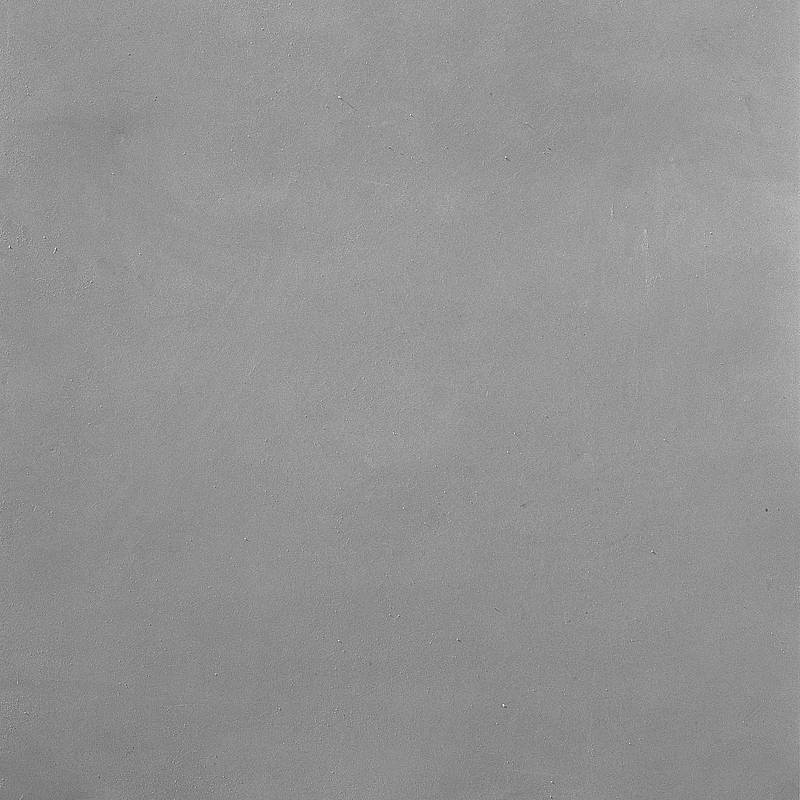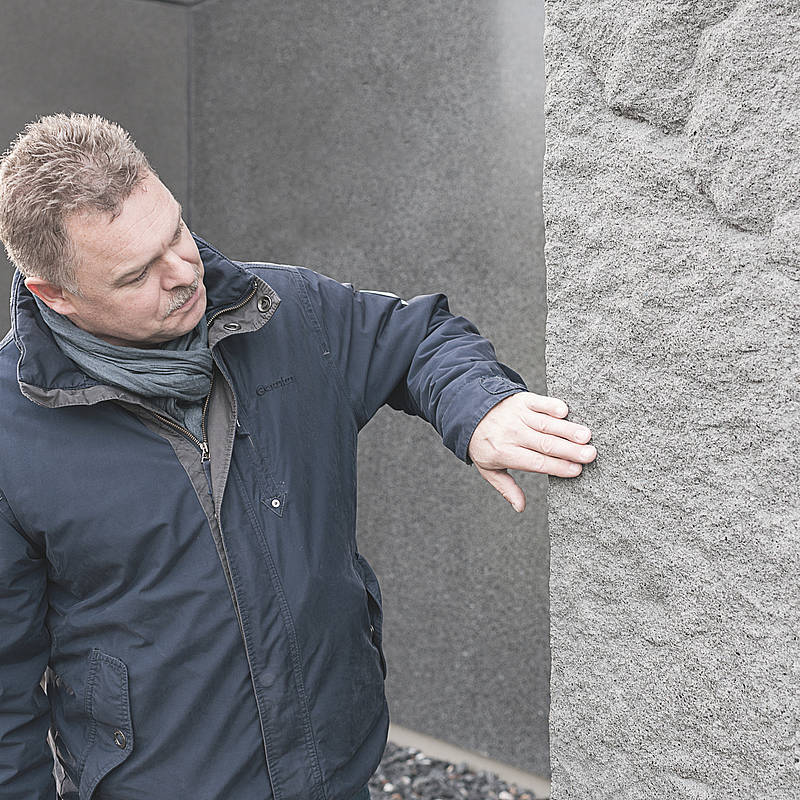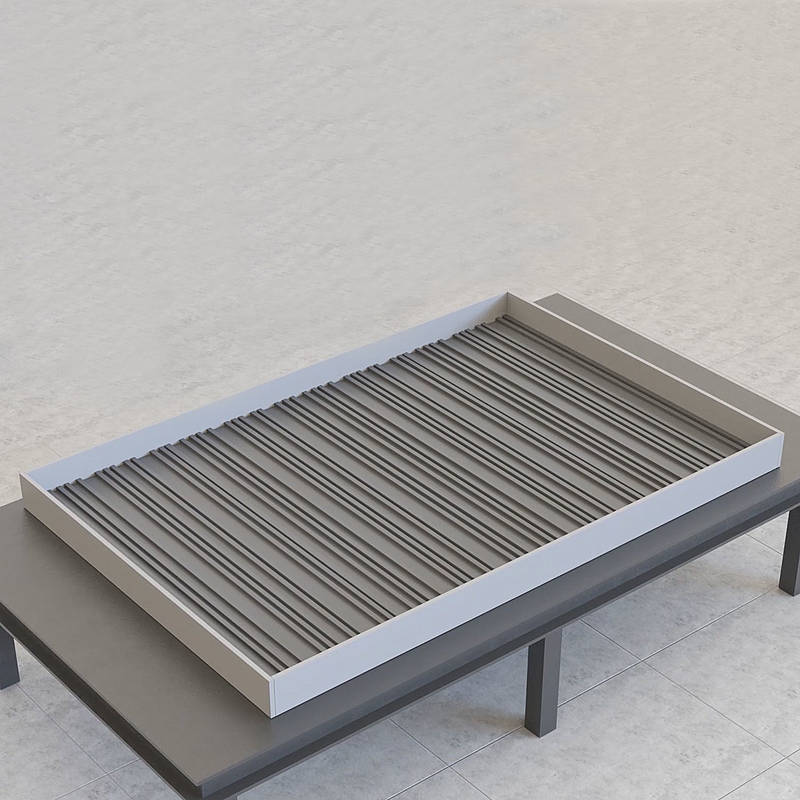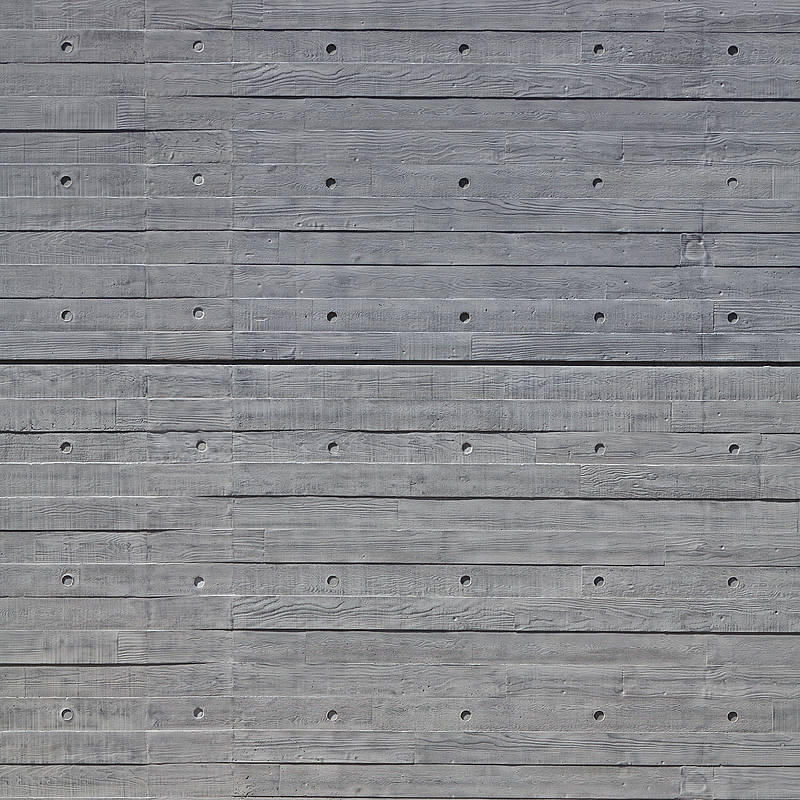Le béton apparent dans l'architecture moderne : Esthétique et performance en parfaite harmonie
Dans l'architecture moderne, le béton apparent allie la fonctionnalité à des qualités esthétiques uniques, offrant des textures et des couleurs variées.
In modern architecture, exposed concrete plays a central role, meeting not only functional but also aesthetic and individual requirements. It gives buildings a unique texture and color that shape their identity and allows for individual wishes. This blog post provides an overview of exposed concrete, explains its various classes, and shows how architects can set individual accents through the use of structural matrices.
What is Exposed Concrete?
Exposed concrete, also known as architectural concrete, is a specially manufactured concrete used in the construction industry for aesthetic purposes. Unlike traditional concrete, which is often covered with paint, plaster, or other materials after completion, exposed concrete remains visible and is a deliberately designed part of the building's exterior. In modern architecture, the focus is on its minimalist, raw beauty that makes a structure appear both robust and visually appealing. Exposed concrete is cast directly into forms that can be made of wood, steel, or plastic, shaping the final surface of the concrete. Its production requires precise techniques in mixing composition, material selection, and casting execution to ensure the finished surface is free from unwanted flaws such as bubbles, cracks, or color discrepancies. Due to its versatility in texture and color, exposed concrete allows for architectural design freedom and offers the possibility of giving each building a unique, characteristic facade.
Features of Exposed Concrete
Exposed concrete is characterized by a variety of features that make it a unique building material:
- Surface Quality: Exposed concrete should have a flawless surface without visible defects. It can be smooth, textured, or even processed.
- Coloring: The color can be significantly influenced by varying the mix ratio, selecting aggregates, and post-treatment. Additionally, color pigments can be added to achieve specific colors.
- Texture: The texture of exposed concrete can range from smooth to textured, depending on the use of structural matrices or special formwork techniques.
- Honeycombing and Pores: These are classic features of exposed concrete. The permissibility of small air holes depends on the exposed concrete class. Learn more about exposed concrete classes in the section below.
- Durability: Exposed concrete is extremely robust and resistant to weathering, chemical impacts, and mechanical influences, making it suitable for outdoor use and in highly frequented public buildings.
- Individuality: It can be used in a variety of construction projects, from residential buildings to public structures and high-end architecture. Its versatility in design and function makes it a preferred material in modern architecture.
- Maintenance: Exposed concrete is low-maintenance and requires minimal upkeep. Surfaces can be easily cleaned and rarely need additional treatments.
Overview of Exposed Concrete Classes
Classifying exposed concrete helps define the expectations for appearance and quality clearly. Here are the typical exposed concrete classes commonly used in construction projects:
- Exposed Concrete Class 1 (SB1): This class accepts the most basic quality of exposed concrete. Minor optical defects such as slight color and texture variations or small pores are permissible. It is mostly used in areas where the aesthetic appearance is less critical.
- Exposed Concrete Class 2 (SB2): Only moderate optical defects are allowed in this class. The surface should be more uniform and consistent than in Class 1. Minor formwork deviations and slight color differences may occur.
- Exposed Concrete Class 3 (SB3): Chosen for high aesthetic quality, Class 3 allows only very slight defects. The surface should be nearly homogeneous with minimal texture and color deviations.
- Exposed Concrete Class 4 (SB4): This is the highest quality level for exposed concrete. It requires a perfect surface with no visible defects. The texture and color must be consistent throughout, and any form of irregularity is unacceptable. Class 4 is often used for prestigious projects where the architectural appearance is crucial.
Classifying according to these criteria ensures that architects and builders can precisely specify the quality of the exposed concrete to meet the desired aesthetic and structural requirements of the construction project.
Customizing Exposed Concrete with Formliners
Formliners are innovative tools that allow the customization of exposed concrete surfaces. This technique opens new creative possibilities for architects and designers, making concrete surfaces not only functional but also aesthetically pleasing. Formliners are forms or templates placed into the formwork before the concrete is poured. Made from flexible yet durable materials like polyurethane, these Formliners can accurately replicate intricate details and textures. When the concrete hardens, it takes on the shape and texture of the matrix, creating permanent three-dimensional surface structures.
In addition to fulfilling the architect's vision, RECKLI Formliners offer an almost unlimited variety of designs. From natural texture reproductions like wood and stone to custom designs, the imagination has no limits. Besides facade applications, Formliners are also used in interior and landscape design.
RECKLI has also received the ISCC+ certification, underscoring its commitment to sustainability by using up to 90% renewable resources, sourcing raw materials from certified sustainable partners, and producing matrices that can be reused up to 100 times.
Want to learn more about our individual and sustainable options in facade design? Feel free to contact us.
![[Translate to Französisch:]](https://www.reckli.com/fileadmin/_processed_/f/f/csm_Blog-Concrete-Facts----Exposed-Concrete-Thumb_1e4c74efac.jpg)
